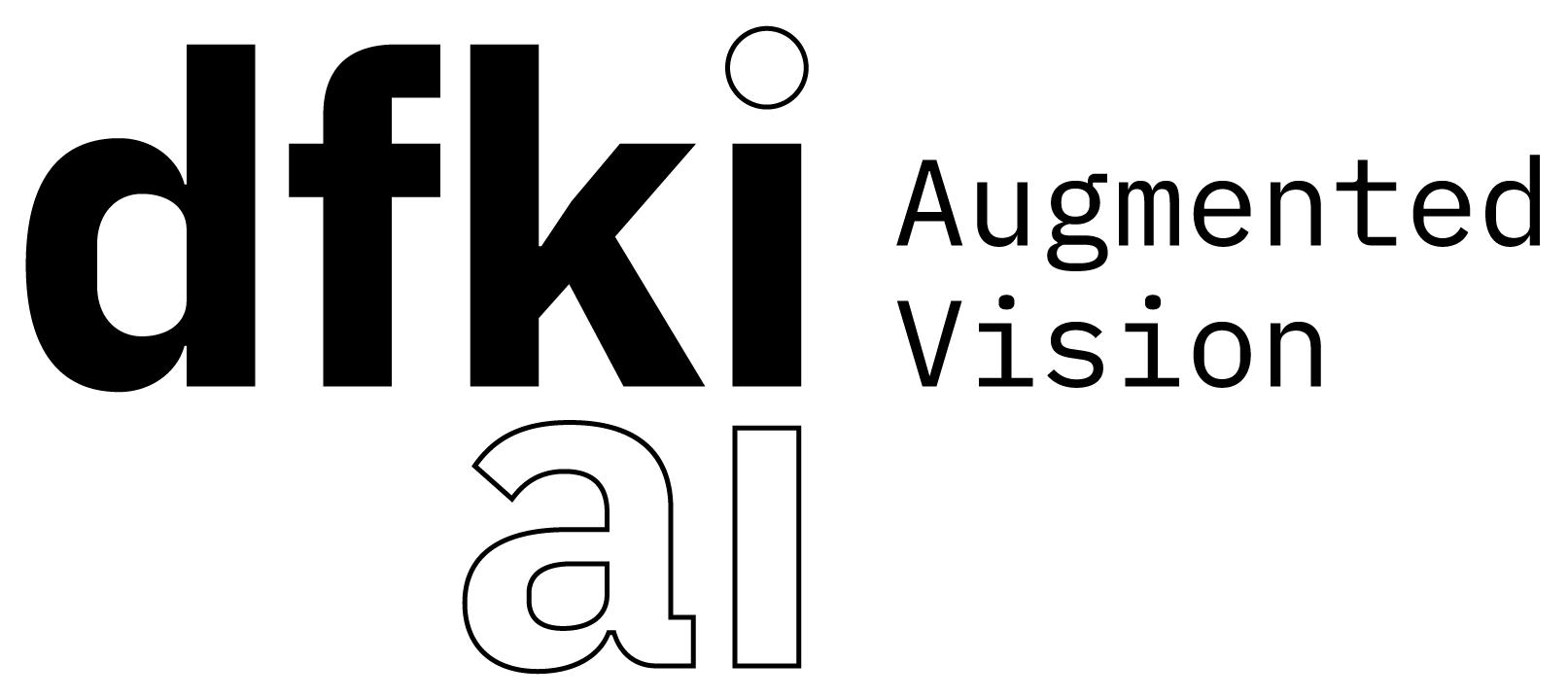Reality Filtering: A Visual Time Machine in Augmented Reality
Reality Filtering: A Visual Time Machine in Augmented Reality
Proceedings of the 9th International Symposium on Virtual Reality, Archaeology and Cultural Heritage International Symposium on Virtual Reality, Archaeology and Cultural Heritage (VAST-08), December 2-5, Braga, Portugal
- Abstract:
- We present Reality Filtering, an application that makes it possible to visualize original content like drawings or paintings of buildings and frescos seamlessly superimposed on reality by using filtered augmented reality. This enables simple and inexpensive applications in the cultural heritage and architecture area. The main idea is that the video stream showing the reality is filtered on the fly to acquire the same presentation style as the virtual objects. This allows for a better integration of original historic content and creates the impression of a virtual time journey. The registration of the virtual objects in the video images is provided by a robust 6DOF tracking framework based on two technologies that work in tandem: an initialization step based on Randomized Trees and a frame-to-frame tracking phase based on KLT. For the initialization, we present the novel concept of temporally distributed computational load (TDCL), which is able to automatically detect and register multiple objects while maintaining a constant video frame rate of 20 frames / sec. For mid- to long-range augmentation a pure 2- dimensional tracking with 3DOF is applicable and leads to significant performance gain. The entire application runs in real time on Ultra Mobile PCs.
